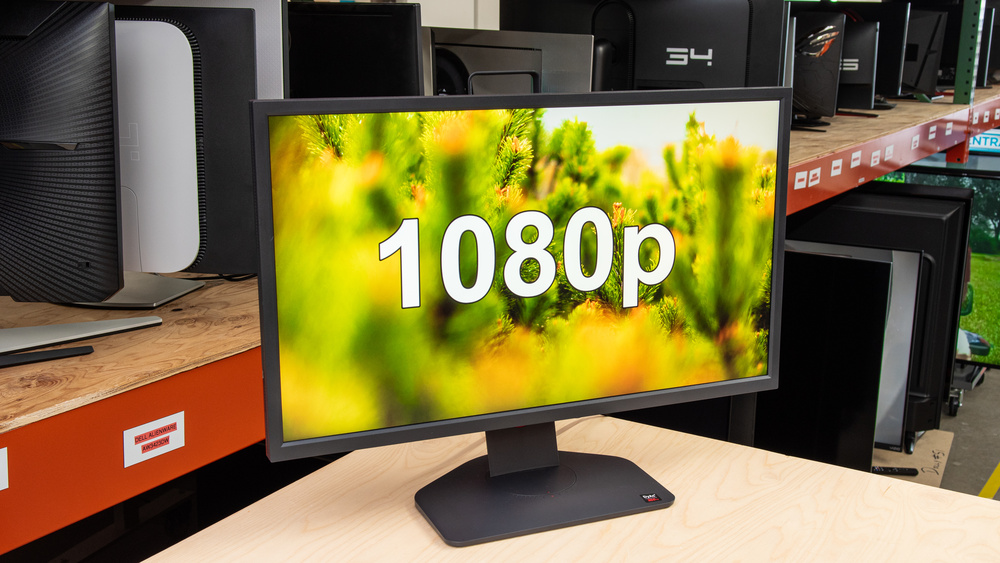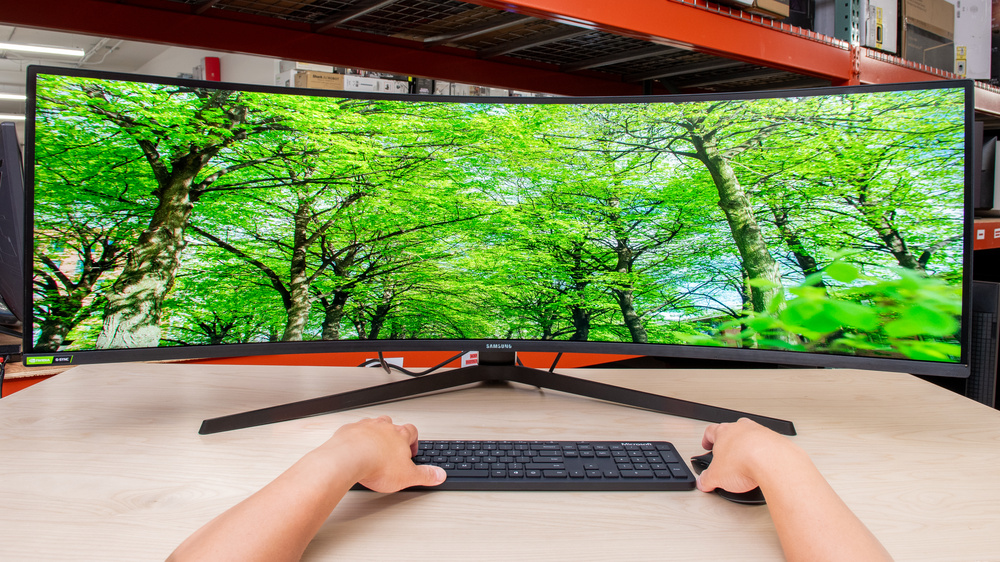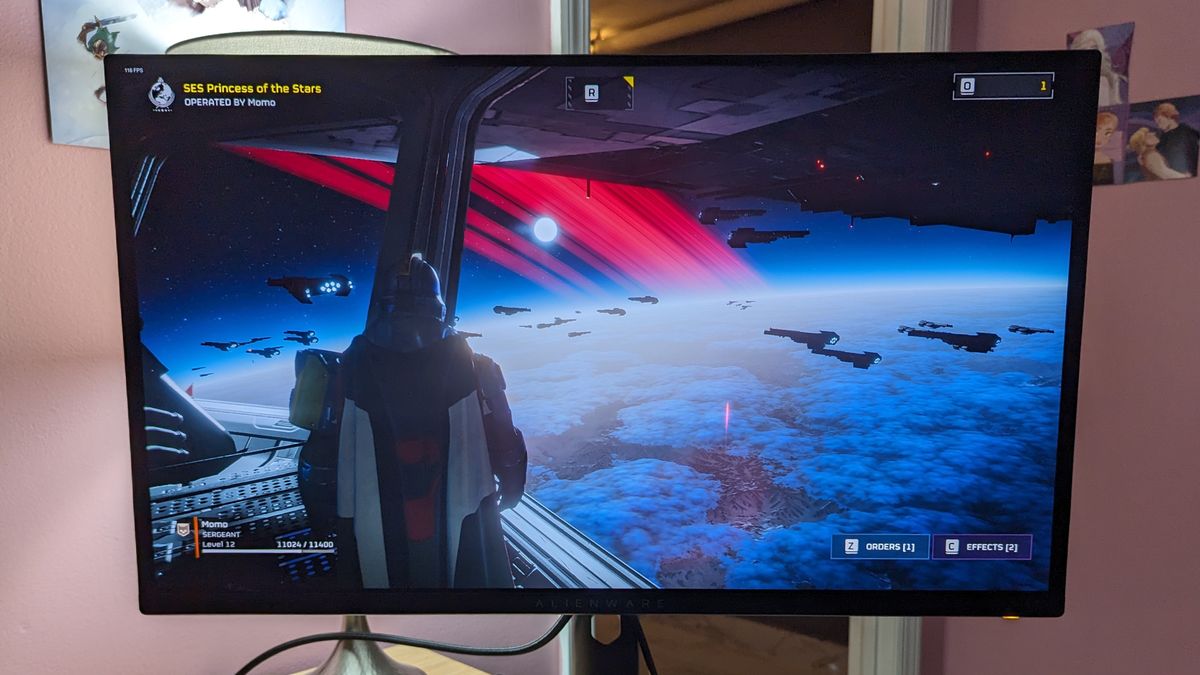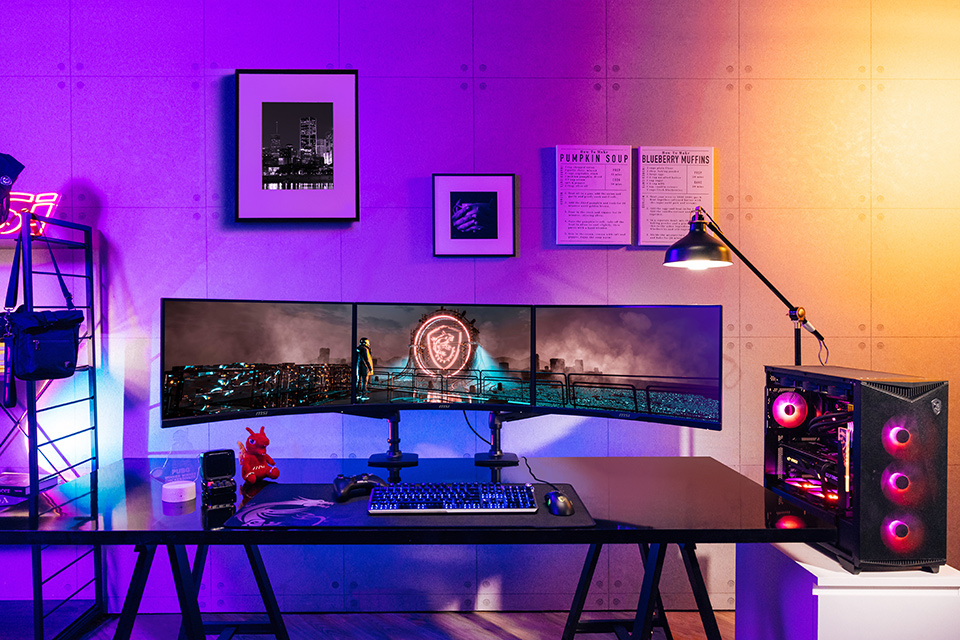A dual display setup can significantly boost your productivity, allowing you to manage multiple applications or documents simultaneously without having to alt-tab through windows on a single screen. Whether for work, gaming, or creative projects, setting up two monitors is straightforward once you understand the basics. This guide will walk you through the essential steps, from choosing compatible hardware to adjusting settings for optimal use. Dive in to transform your computer setup and experience a seamless dual display environment.
Hardware Compatibility and Connection Types
Checking Compatibility
Before connecting two monitors, ensure your computer supports dual displays. Most modern desktops and many laptops come with multiple output ports, including HDMI, DisplayPort, DVI, or USB-C/Thunderbolt. Examine your computer and monitors to find matching ports. If the ports differ, you might need an adapter or a docking station to bridge the connection. Additionally, verify your graphics card (integrated or dedicated) can handle multiple displays. Most graphics cards support at least two monitors, but it’s always wise to check the manufacturer’s specifications.
Choosing the Right Cables
Once you’ve confirmed compatibility, select the appropriate cables for your connection type. HDMI and DisplayPort are the most common and support high resolutions and refresh rates. DVI is less common but still suitable for a dual setup, especially at 1080p resolutions. For laptops or devices with only USB-C or Thunderbolt ports, a direct USB-C to HDMI/DisplayPort cable or a multiport docking station can facilitate the connection. Ensure you have the right length of cable to neatly set up your workspace without unnecessary clutter or tension on the connections.

Configuring Your Dual Display Setup
Connecting the Monitors
Start by physically connecting the monitors to your computer using the chosen cables or adapters. Once everything is plugged in, turn on your computer and both monitors. The operating system (OS) should automatically recognize the new displays. If not, you can manually detect them through your computer’s display settings.
Adjusting Display Settings
Navigate to your computer’s display settings to configure the dual monitors. Here, you can designate the primary and secondary monitors and adjust their orientation. This step is crucial for aligning the displays according to their physical setup on your desk. Most OS allows you to drag and rearrange the display icons to match their real-world arrangement. You’ll also have options for mirroring the screens or extending the desktop across both monitors. For most multi-tasking purposes, extending the display is preferred as it gives you a larger canvas to work with.

Enhancing Your Productivity With Dual Displays
Optimizing for Work or Gaming
With your monitors connected and configured, tailor the setup to your specific needs. For work, position applications you frequently use side by side to reduce the time spent switching between them. Coders, writers, and creatives can have their primary workspace on one screen and research or reference materials on the other. Gamers, on the other hand, can dedicate one monitor to gaming and the other to streaming, chat applications, or game guides. Adjusting the display’s resolution and scaling options can further enhance readability and detail, ensuring a comfortable viewing experience.
Learning Useful Shortcuts
To maximize the efficiency of your dual display setup, learn keyboard shortcuts to swiftly manage windows and applications across the monitors. For example, Windows offers shortcuts like ‘Win + Arrow keys’ to quickly snap windows to the side or ‘Win + P’ to switch between display modes. These shortcuts can significantly speed up your workflow and make navigating a dual-monitor setup feel intuitive and streamlined.

Maintaining and Troubleshooting Your Setup
Regular Check-ups
Maintain your dual display setup by regularly checking for updates for your graphics drivers and OS, ensuring they are up to date for optimal performance and compatibility. Dust and clean your monitors and connections to prevent any connectivity or display issues arising from dirty ports or cables.
Troubleshooting Common Issues
If you encounter problems, such as one monitor not being detected or display resolution issues, start with the basics: check all cables and connections, ensure the correct input source is selected on your monitors, and restart your computer. Updating or reinstalling graphics drivers can resolve many display-related issues. For more persistent troubles, consulting the monitors’ manuals or seeking help from online forums or the manufacturer’s support can provide specific advice and solutions.

Customizing Your Workspace
Beyond just connecting and configuring, personalizing your dual monitor setup can significantly enhance your daily workflow. Invest in quality monitor stands or mounts to adjust the height and angle, ensuring ergonomic comfort during long hours of use. Consider the aesthetics and functionality of your workspace, too. Creating a visually pleasing environment can boost motivation and productivity. Adding desk accessories like a monitor lamp to reduce eye strain or organizing tools for a clutter-free desk can make your dual display setup not just effective, but also a joy to use.
Expanding Your Creative Horizons
A dual monitor setup isn’t just about productivity; it’s a gateway to expanding your creative output. For artists, graphic designers, and video editors, having two displays means more canvas space to create and easier access to toolbars and palettes without overcrowding the workspace. It allows for real-time previews on one screen while editing on another, streamlining the creative process. Moreover, inspiration can remain on display on one monitor, such as reference images or videos, while the masterpiece unfolds on the other, maintaining a continuous flow of creative energy.

Embracing the Learning Curve
Transitioning to a dual monitor setup includes a learning curve, but it’s well worth the effort. At first, managing two screens might seem daunting or even distracting. However, as you become accustomed to the setup, you’ll find your own rhythm and workflows that exploit the advantages of dual displays. Be open to experimenting with different configurations and applications positioning until you find what works best for you. Remember, the goal is to enhance efficiency and comfort, creating a personalized workspace that meets your needs. With a bit of time and adjustment, a dual monitor setup will feel like an indispensable part of your daily routine, unlocking new levels of productivity and creativity.
Connecting two monitors to your computer can open up a world of productivity and immersion that a single screen can’t match. By ensuring hardware compatibility, carefully setting up and configuring your displays, and making slight adjustments to fit your needs, you’ll quickly become accustomed to the vast benefits of a dual display setup. With everything in place, you’re set to enjoy the convenience, efficiency, and multitasking prowess that two monitors provide.